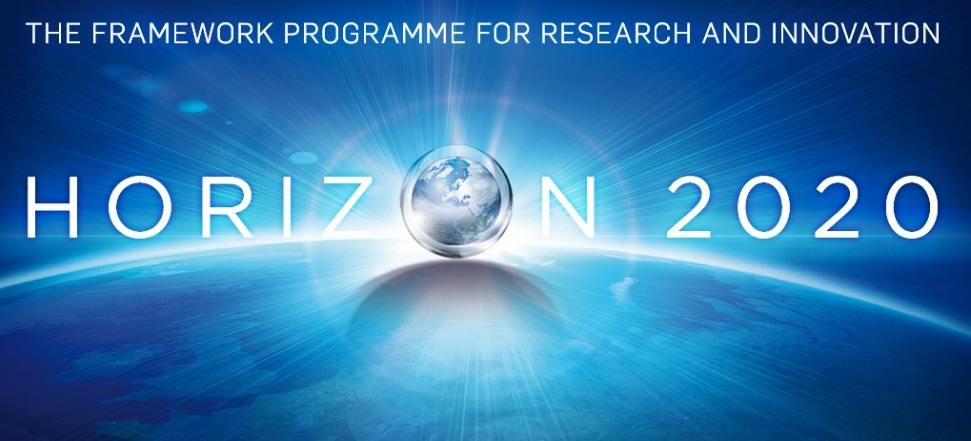Scope of work
Since HERCULES-2 is a large integrating project on engine R&D, covering a wide spectrum of disciplines, the scope of work is given per Work Package Group.
WPG I: Fuel flexible Engine
WPG I will develop engines able to switch between fuels, whilst operating in the most cost effective way and complying with the regulations in all sailing regions. To achieve this target, measurement technology for intermediate combustion products formed inside the combustion chamber will be developed and tested. An innovative optical measurement technique to locate regions with critical combustion conditions will also be developed. Fuel injection, cylinder lubrication and engine control systems shall be designed to switch between multiple fuels available on the future market. The impact of switching between different fuels on possible after-treatment devices and engine components will be part of the investigations. A fully fuel flexible optical injection and ignition test platform for low-speed Diesel engines will also be produced. A fully optical medium-speed multi-fuel engine will be developed and tested for the first time.
WP Group II New Materials (Applications in engines)
This WPG II investigates the use of high-temperature anti-corrosive materials for engines, as well as reliable and safe usage of new high-strength materials. Intermetallics using two or more metallic elements are currently already used in advanced applications such as turbine blades, fuel cells and automotive exhaust valves. This WPG investigates the reliable and safe use of tailored intermetallics in engines to enable higher efficiency, lower emissions and stable lifetime performance. A methodology for the prediction of the Thermo-Mechanical Fatigue (TMF) resistance at increased temperatures and mechanical loads will be followed by the creation of a test rig for the assessment of samples with component-like features and superimposed mechanical loads. The aim is to evaluate existing and new cast iron materials with respect to TMF resistance at increased temperatures and mechanical loads.
WP Group III: Adaptive Powerplant for Lifetime Performance
This WPG III will develop systems, methods and processes allowing for a continuous optimized engine lifetime performance with reduced operating and maintenance costs. Work includes development of a semi-automatic tool for engine control parameterization, replacing the current approach of manual testing and tuning of the engine control parameters, aiming for optimum efficiency in all operation conditions and several varying fuel types. Emission reduction control strategies for operation in non-normative conditions will also be designed; transient operability and manoeuvrability will be validated at the design stage using methods for modelling and simulation of the engine dynamics, as well as in service with prototype engine installation. Health monitoring and smart software for failure prediction to increase components’ operating time and improve performance will also be utilized. The advanced real-time tribosystem performance monitoring system will increase knowledge and will support the development of prototype novel lubrication injection systems which will lead to reduction in operating cost and particle emissions. A new electronically controlled actuator for the existing mechanical fuel pump allowing for continuous optimization of the combustion process will be developed and demonstrated onboard.
WP Group IV: Near-Zero Emissions Engine
This WPG refers to integration of after-treatment units in the existing engine frame structure to achieve substantial concurrent reduction of NOx and PM pollutants. This involves integration of SCR into the existing strong Miller cycle 4-stroke diesel engine structure, as well as the combination of integrated SCR and EGR technology. The 4-stroke engines development will also include the coating of DPF substrates with SCR active material, evaluation of urea to ammonia conversion technologies (especially under elevated pressure) and validation of the technology on test rigs (urea injection test rig, DPF test rig and engine test benches) and integration of methane slip abatement technology (oxidation catalyst) into the lean burn 4-stroke gas engine structure. A NOx emission sensor for accurate control of injection of ammonia/urea and for avoidance of ammonia slip will be developed. For the 2-stroke engines, the work aims at the development of key technology for the integration of the currently separated SCR after-treatment into the existing structure (high-pressure SCR) with unaffected engine footprint. The development of vibration resistant catalyst elements will be one key technology for compact on-engine systems. Also operation adjustment and optimization for the total lifecycle of the after-treatment unit is considered.


